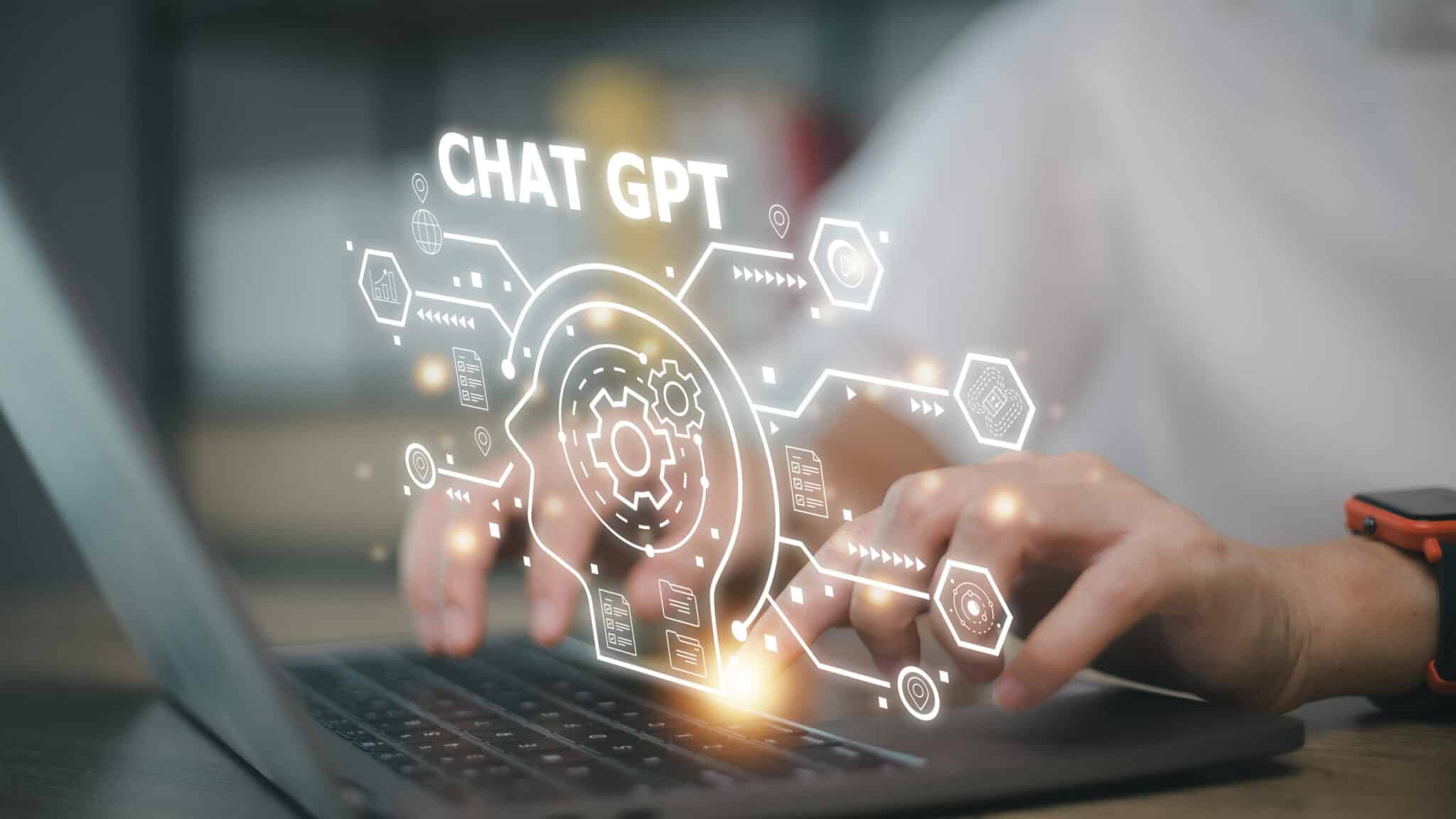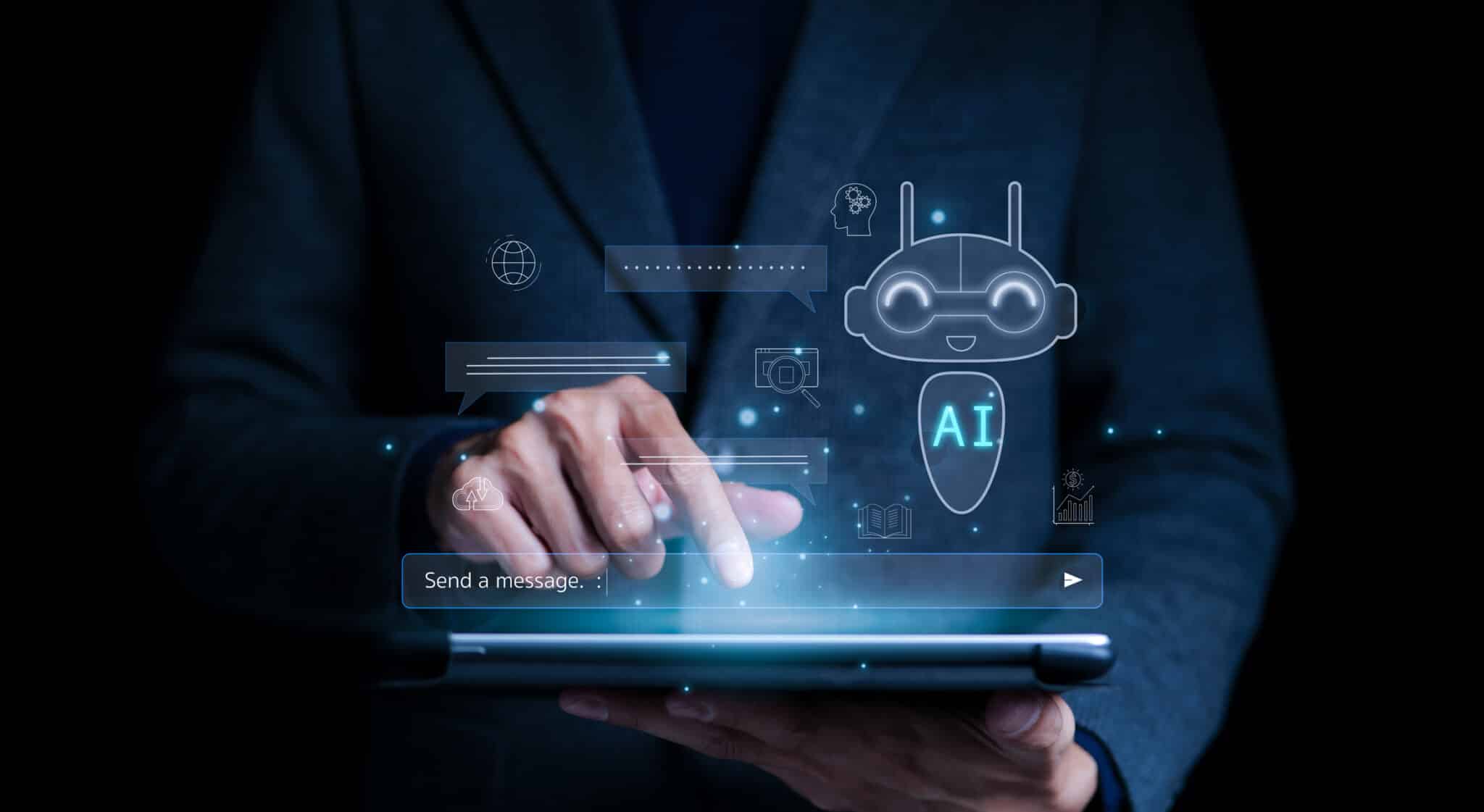Legal ChatGPT: Tips, Prompts, and Use Cases
By Catherine Brock
May 9, 2023
| 12 min read
AI tools like ChatGPT are creating a buzz in the legal field. According to the Legal Industry Report 2024, nearly one-quarter (24%) of law firms have adopted legal-specific generative artificial intelligence (GAI) tools. Survey respondents confirmed they use GAI to streamline firm processes, from drafting marketing content to finding specific statutes.
Lawyers who have opted not to use GAI cited three primary concerns: They need to learn more about the technology, they have ethical concerns, or they don’t trust AI outputs.
Those concerns are well-founded. Any software investment requires time-consuming research, comparison, and evaluation. GAI tools, being early in their lifecycles, are complex and not widely understood. They also have known risks, and not managing those risks can lead to reputation-damaging outcomes.
Still, the efficiency benefits of AI software for lawyers are compelling. GAI can free lawyers from repetitive tasks so they can focus on higher-level legal strategy. That’s an appealing value proposition, especially when the tools themselves are free or low-cost.
This guide covers the basics of ChatGPT for lawyers. Read on to find out how to use ChatGPT, the risks and limitations of GAI, the tenets of good GAI prompt writing, plus sample prompts you can try right now.
What is ChatGPT?
ChatGPT is an AI-powered chatbot that can have human-like conversations through voice and text prompts. The bot is developed and managed by OpenAI, a technology company based in San Francisco, California.
ChatGPT and similar tools are powered by language learning models (LLM). LLMs are algorithms built on language patterns. The patterns are gleaned from analyzing huge amounts of text and attempting to predict the next word in a sentence, repeatedly. TechRadar has reported that one of ChatGPT’s models was fed 570 GB of information from online books and articles, websites, and social media.
Once trained, LLMs can “understand” text prompts and provide human-sounding responses. As a result, you can ask ChatGPT to complete many language-based tasks, from editing a document to summarizing the War of 1812.
Will ChatGPT Replace Lawyers?
There are many opinions about AI and the future of law. One concern is that AI will eliminate or minimize the need for human lawyers.
Rest assured, ChatGPT will not replace lawyers, at least not in the foreseeable future. While the technology sounds human, it lacks important human qualities that make good lawyers successful. These include the ability to self-correct, empathize, form opinions from personal experience, or ask follow-up questions. Some researchers also argue that ChatGPT’s reasoning capacity is quite limited.
Additionally, ChatGPT can be inaccurate. A Purdue University study concludes that ChatGPT produces incorrect answers to software programming questions more than half the time. The bot also fails at seemingly simple language tasks, such as: What is a synonym for advice that begins with F? To this prompt, ChatGPT will respond with something like, ‘A synonym for “advice” that begins with the letter “F” is “recommendation.“‘
In the legal field, advanced reasoning and data accuracy are critical to a job well done. ChatGPT and other GAI apps cannot currently compete with humans in these areas.
How Can Lawyers Use ChatGPT: Common Use Cases
Despite its weaknesses, ChatGPT for lawyers can be a powerful resource. The key is understanding when to tap GAI’s powers and how to manage its outputs. Below are six popular ways to use ChatGPT for lawyers.
- Creating, editing, and summarizing legal documents. There is much talk in the industry about using ChatGPT for legal documents. With a detailed prompt or series of prompts, the application can quickly draft, edit, or summarize documents. Any output should be carefully reviewed prior to use.
- Performing legal research and discovery. ChatGPT legal research can summarize cases, laws, deposition transcripts, or pleadings filed with the court.
- Transcribing voice and video recordings. With add-on tools and access to GPT-4, you can upload audio and video files and have them transcribed.
- Assisting with client communications. ChatGPT can produce quick drafts of client emails.
- Analyzing case details and predicting outcomes. AI-powered predictions of case outcomes can inform case strategy.
- Drafting marketing content. Small firms that don’t have a marketing copywriter on staff can tap ChatGPT to draft content for marketing collateral.
What Are Some Risks and Limitations with ChatGPT?
Recognizing the capabilities of legal ChatGPT is one hurdle to realizing the technology’s benefits. Another hurdle is understanding how to manage the outputs of ChatGPT for lawyers. To do that, you must know GAI’s limitations.
AI-powered chatbots are prone to hallucinations, have trouble understanding contextual nuances of the law, and have trained-in biases. As well, ChatGPT prompts and responses are neither private nor confidential.
Let’s review each of these issues in more detail.
AI Hallucinations and Inaccuracies
AI hallucinations are false or illogical responses that are presented as fact. They result from poor training data or programming oversights.
Because AI hallucinations are common, any ChatGPT legal research should be carefully reviewed and fact-checked. Skipping that step could land you in an embarrassing situation. In 2023, New York lawyer Peter LoDuca included nonexistent reference cases, complete with quotes and judicial decisions, in a legal brief. LoDuca’s colleague Steven A. Schwartz had compiled the research using ChatGPT.
Both lawyers were sanctioned by the courts for submitting fabricated references.
Understanding Contextual Nuances of the Law
ChatGPT may also have trouble understanding intricate narratives and interpreting complex legal principles and precedents. The application generally doesn’t explain, without specific prompting, how legal precedents were considered in its response. If such an explanation exists, it requires full verification, given the bot’s tendency to hallucinate.
In 2024, courts rejected a law firm’s use of ChatGPT as a source to justify the firm’s hourly rates in a motion seeking prevailing party attorneys’ fees. The court supported its rejection with three points. The third of those points, as reported by GTlaw.com, was that the firm “did not reveal whether ChatGPT had considered ‘the uniform bloc of precedent in which courts in this District and Circuit have rejected as excessive.'”
Bias and Discrimination
The AI training process relies on published content, which inherently favors those with a voice. Marginalized groups that don’t share their perspectives and experiences online are grossly underrepresented in that process. The unfortunate outcome is that AI-generated outputs have trained-in bias.
Bloomberg Law highlighted this issue in 2023, noting that discrimination claims can result from using ChatGPT for employment decisions.
Practically speaking, ChatGPT-produced documents can reinforce gender and racial bias. One study found gender bias by comparing AI-produced letters of recommendation for men vs. women. Specifically, the chatbot used the words “expert” and “integrity” to describe men, but “beauty” and “delight” to describe women.
Without comparing outputs from different prompts, these language differences could go unnoticed. In other words, using ChatGPT may inadvertently introduce similar bias into your own documents.
Breaches in Confidentiality
Data submitted to ChatGPT in a prompt is not confidential. OpenAI uses the information for training. An OpenAI help document explains, “When you share your content with us, it helps our models become more accurate and better at solving your specific problems.”
Security concerns prompted financial company JPMorgan to ban the use of ChatGPT by its employees. Similarly, the US House of Representatives has prohibited staffers from using Microsoft’s AI chatbot Copilot.
If you use legal ChatGPT for a client-related manner, it’s critical to remove client-specific data from the prompt.
8 Steps to Creating Strong ChatGPT Prompts
You can mitigate some risks of using ChatGPT for lawyers and maximize its efficiencies by having a strict prompt-writing process in place. Incorporate the seven steps below to streamline information-gathering, minimize errors, reduce bias, and eliminate confidentiality breaches.
1. Be Very Specific About What Output Format You Want
ChatGPT can produce responses in paragraph form, bullet points, numbered steps, tables, and even HTML. When you write your query, include a description of how you would like the response formatted.
2. Give It a Clear Role to Play
You can get more specific responses by stating the perspective ChatGPT should take. You might, for example, ask the chatbot to pretend it’s an editor reviewing a brief for adherence to Bluebook citation format. You could also summarize key tenants of a case and ask ChatGPT to respond as if it were the opposing counsel.
3. Provide Very Detailed and Unambiguous Context
The clearer the prompt, the better the output. An effective prompt provides all relevant context and background information. Those details help the bot interpret the purpose of your request. With a better understanding of your purpose and scope, ChatGPT can more quickly deliver the information you need.
4. Scrub Prompt for Confidential Information
Before you hit enter on a ChatGPT query, do one more review to ensure the prompt is free of confidential information. All client data should be removed from contracts, descriptions, and research outlines.
5. Assign a Series of Simpler Tasks Instead of One Complex Task
Larger queries are best broken down into smaller prompts. This allows you to get more detailed about each sub-task. You should arrive more quickly at the information you want as a result.
In a contract editing scenario, for example, you might ask the bot first to review the document for brevity and word choice. You could use a second prompt to request a review for typos.
6. Ask Follow-Up Questions
Use follow-up questions to improve ChatGPT’s output. In a follow-up, you can add new information or ask the chatbot to focus, simplify, or broaden its response. For example, if a research request returns a technical answer, you can request that the response be rephrased in layman’s terms.
7. Request Citations and Dig into the Sources
If you are using GPT-4 with a paid subscription, ask for source information. Review those sources carefully to ensure they exist, and that they have the corresponding information.
Note that GPT-3.5 cannot provide citations. This model currently powers the free version of ChatGPT.
8. Evaluate and Adjust the Outputs Before Using
When using ChatGPT for legal documents, consider any output a draft. Even if the output seems spot-on, you must review and adjust it to fit your intended purpose. Using the output without modification can lead to generic answers and documentation.
Sample ChatGPT Prompts for Lawyers
Below are six sample ChatGPT prompts for lawyers that incorporate the recommendations noted above.
- Contract review: Review this legal brief for grammar, punctuation, and clarity. Potential follow-up: Review this legal brief for word choice and brevity.
- Contract summary: Summarize this contract into a table that outlines parties, duties, fees, deadlines, rights granted, and representations. Potential follow-up: Expand on the rights granted section.
- Deposition summary: Act like a paralegal and summarize key points plus any inconsistencies or admissions within this deposition.
- Contract drafting: Draft a nondisclosure clause to include in a work-for-hire agreement used for freelance graphic designers.
- Legal research: Outline the statutes in Texas that govern workplace discrimination.
- Analysis and strategy: Summarize legal arguments for (detailed description of the issue). Potential follow-up: Summarize the legal arguments against (detailed description of the issue).
Best Legal AI Tools for Your Firm
Leveraging AI software to draft, review, summarize, and analyze documentation can deliver huge efficiencies for your firm. You can maximize your time savings by choosing a GAI solution that’s lawyer-specific and embedded within the internal tools you already use. This prevents the extra step of having to access an external, web-based interface.
Effective lawyer-built AI applications include MyCase IQ, Juro AI Assistant, and Casetext.
MyCase IQ
MyCase IQ can update the style and tone of a document or generate a quick summary. The application’s roadmap also includes the ability to draft client messages, translate documents, and create tasks and events. MyCase IQ is built into MyCase case management software.
Note that MyCase IQ has critical security features that law firms require. Client data and queries are not used for ChatGPT training, nor is that information ever exposed to other users. MyCase IQ also encrypts all data at rest and in transmission. Additionally, MyCase IQ follows the user permissions specified in MyCase. If an internal user doesn’t have permission to access a specific case, that user cannot query MyCase IQ on that client’s information.
Juro AI Assistant
Juro’s contract automation platform uses AI to produce contract drafts based on parameters you set. It can also review documents for risks, summarize contracts and clauses, and share drafts across teams.
Casetext
Legal research application Casetext now has an AI assistant called CoCounsel, powered by GPT-4. CoCounsel can draft documents and deposition outlines, search for information, develop timelines, and more.
ChatGPT for Lawyers: Maximize Your Time
ChatGPT and AI tools that use its LLMs can automate or expedite a law firm’s most tedious tasks. You can start legal research and draft, edit, and summarize nearly any document, from a dense contract to a client email summarizing the case outcomes.
There are risks to using AI in the legal field, with negative outcomes ranging from inaccurate legal citations to the leakage of client information. But these risks can be mitigated. For one, it’s important to work with a trusted technology provider that builds GAI specifically for the legal field. Thoughtful prompting and disciplined fact-checking are also necessary.
With the right approach, AI can unlock a new layer of efficiency in your law firm. Ready to learn how MyCase IQ can streamline firm processes and maximize your time? Schedule a demo today.

